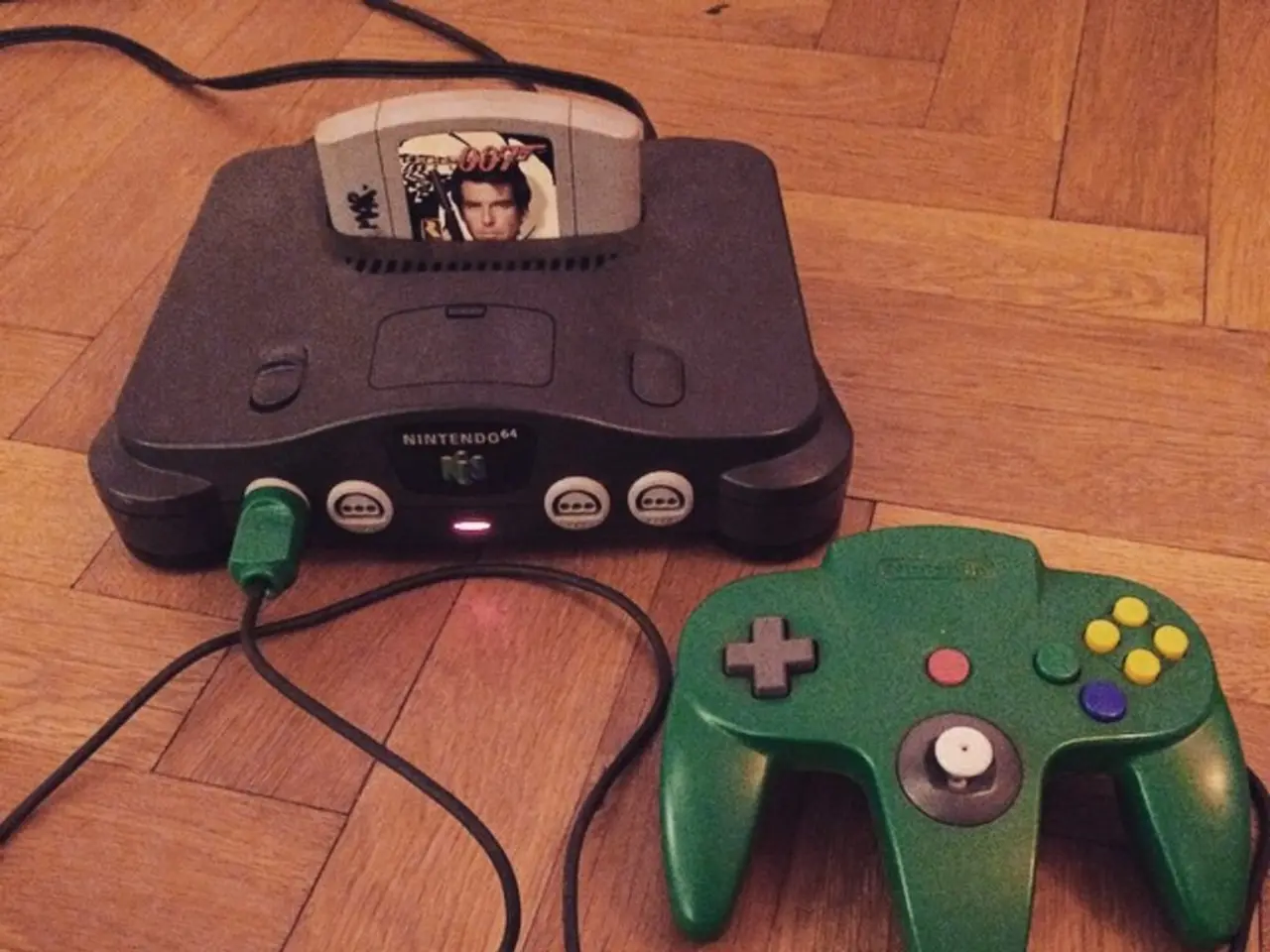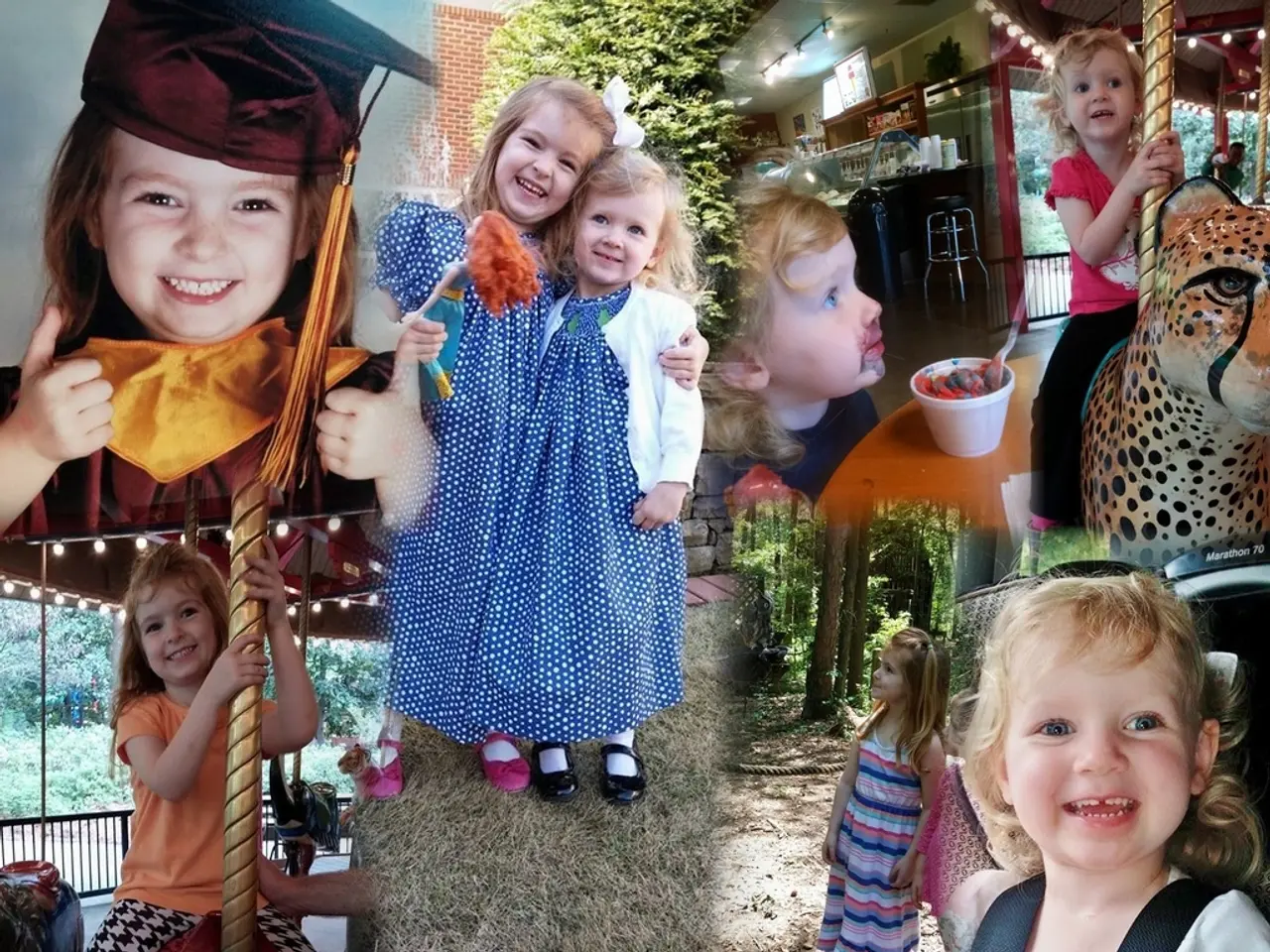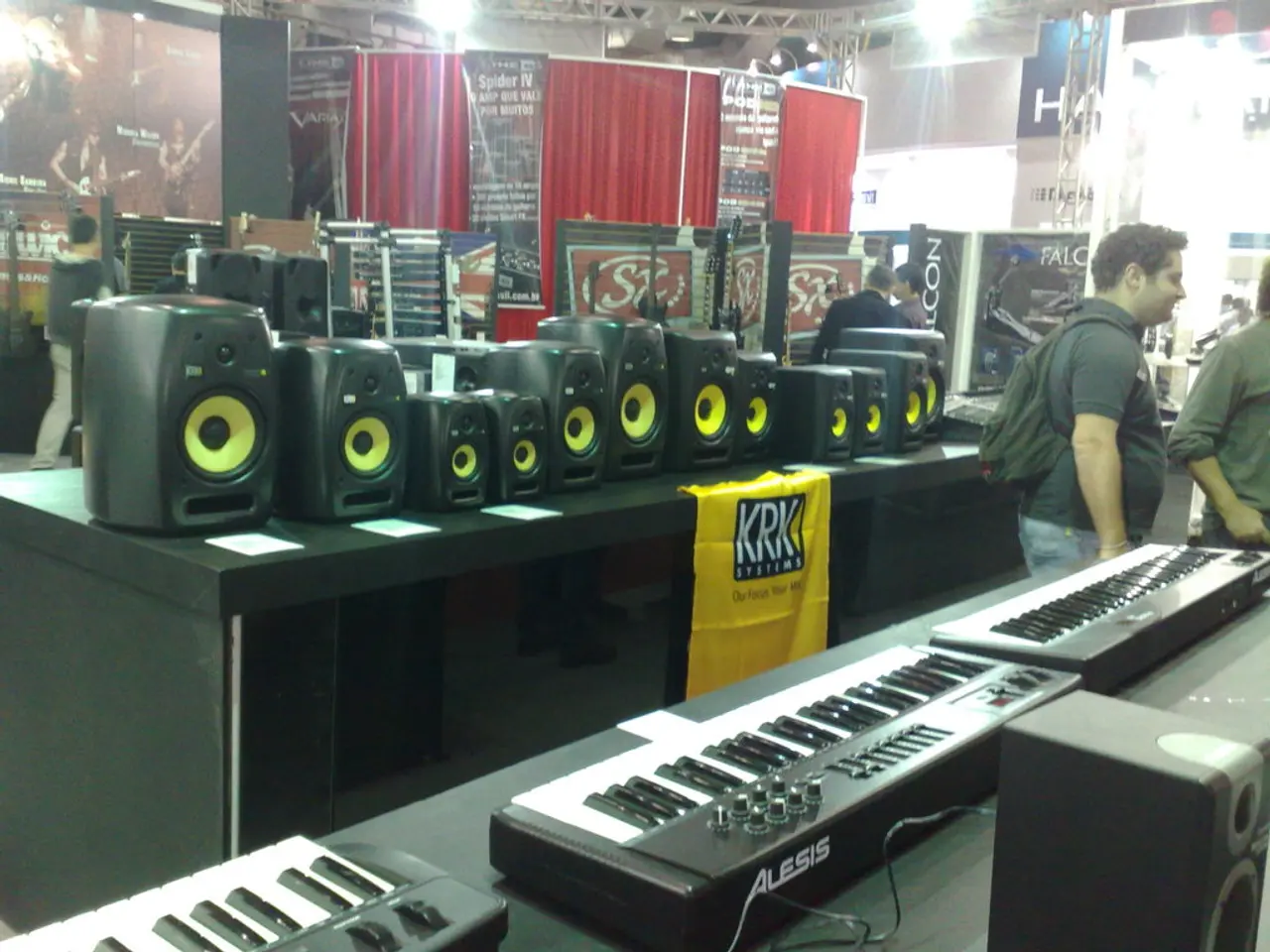Transforming 3D Graphics in Game Design: Fundamental Concepts
In the realm of game development, the art of texturing plays a pivotal role in creating immersive and engaging worlds. This article explores the techniques and tools that help artists craft realistic 3D textures, enhancing the visual appeal and authenticity of games.
Maya, a powerful tool for high-end texturing and complex projects, offers advanced features for creating realistic textures. However, when choosing a tool for texturing, consider the complexity of your project and your familiarity with the software.
The process of 3D texturing begins with UV mapping, where the 3D model is laid out on a 2D plane. This allows textures to be applied precisely, ensuring they conform to the model's shape. Texture painting, directly painting textures on 3D models, often enhanced with smart materials and masks, follows suit.
Normal mapping, using normal maps to simulate surface detail and light interaction without extra geometry, and displacement mapping, modifying the model’s geometry to create actual surface depth, are techniques that make textures appear more intricate and realistic. Photogrammetry, creating textures from high-quality photographs to replicate real-world materials, and sculpting, adding or subtracting details on surfaces, are other methods used to create texture depth.
Shading, adding depth and dimension to the textures by creating shadows and highlights, is crucial for making materials respond naturally to different light conditions, enhancing realism.
On the software side, industry-leading tools offering the best combination of power, usability, and integration include Substance Painter, Mari, Marmoset Toolbag, and AI Texture Tools like Polyhive, Pixela.ai, Scenario, and Deep-image.ai. Each tool has its strengths and best use cases, with Substance Painter being ideal for fast, high-quality game texturing, Mari for film-quality texturing, and Marmoset Toolbag for look development and polishing within a real-time engine. AI Texture Tools speed up workflow dramatically and ensure texture quality and memory efficiency.
In sum, combining traditional texturing skills like UV mapping and painting with modern software (especially Substance Painter for games) and harnessing emerging AI texture creation platforms offers the best pipeline for creating realistic, efficient, and detailed 3D game textures. However, it's essential to remember that the choice of tools can depend on specific project needs such as scale, art style, and platform constraints.
Lastly, it's worth noting that 3DS Max, known for its user-friendly interface, is well-suited for creating textures for architectural visualizations and game environments. Texture diversity is important in game art, as it helps create a believable and engaging world. Fine-tuning is the final stage of 3D texturing, where adjustments are made to ensure the textures interact correctly with the game's environmental lighting and conditions.
In conclusion, the art of texturing 3D models is a blend of skill and creativity, transforming a simple model into a vibrant and engaging game element. Well-crafted 3D model textures transform cold, rigid vertices and polygons into warm, inviting and relatable characters or environments, making games more immersive and enjoyable for players.
- In the realm of game development, the art of texturing plays a significant role in creating immersive and engaging worlds, enhancing the visual appeal and authenticity of games.
- For high-end texturing and complex projects, Maya, a powerful tool, offers advanced features for creating realistic textures.
- The process of 3D texturing begins with UV mapping, where the 3D model is laid out on a 2D plane, allowing textures to be applied precisely.
- Texture painting, directly painting textures on 3D models, is followed by UV mapping, with smart materials and masks often used to enhance the process.
- Normal mapping and displacement mapping are techniques used to make textures appear more intricate and realistic by simulating surface detail and light interaction.
- Photogrammetry and sculpting are other methods used to create texture depth, with photogrammetry replicating real-world materials from high-quality photographs.
- Shading, adding depth and dimension to textures to make materials respond naturally to different light conditions, is crucial for enhancing realism.
- Industry-leading tools for texturing include Substance Painter, Mari, Marmoset Toolbag, AI Texture Tools like Polyhive, Pixela.ai, Scenario, and Deep-image.ai, each with their strengths and best use cases.
- Combining traditional texturing skills with modern software and harnessing emerging AI texture creation platforms offers the best pipeline for creating realistic, efficient, and detailed 3D game textures.
- Texture diversity is important in game art, as it helps create a believable and engaging world, transforming cold, rigid vertices and polygons into warm, inviting, and relatable characters or environments, making games more immersive and enjoyable for players.




